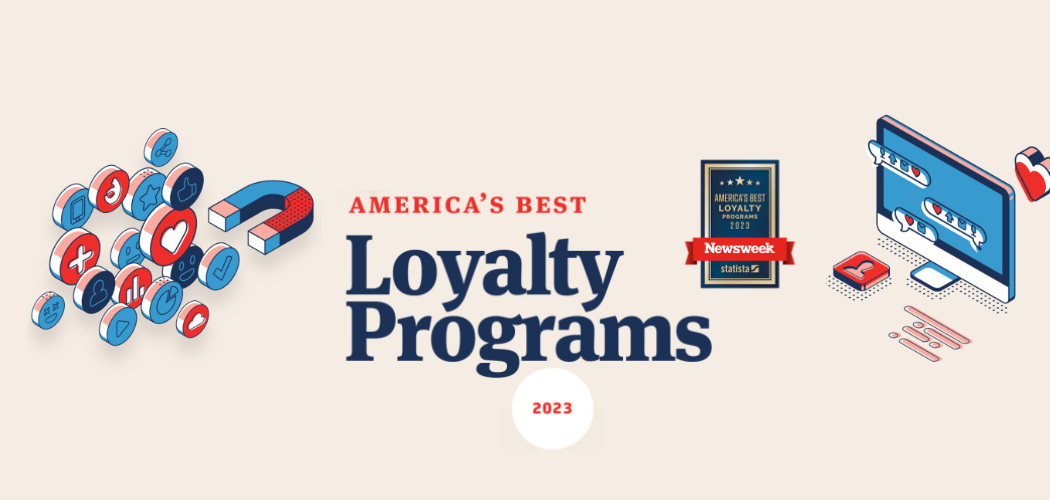 It’s a question that bedevils marketers and customers alike: Why are so many retailers still so bad at personalization? Customers demand it; CEOs mandate it; CMOs and CIOs spend millions of dollars implementing sophisticated platforms to enable it. And yet, as a recent Wall Street Journal cover story reveals, customers remain largely unimpressed by retailers’ personalization efforts. With the holiday shopping season in full swing, will this be the year that retailers’ finally get personalization right?
It’s a question that bedevils marketers and customers alike: Why are so many retailers still so bad at personalization? Customers demand it; CEOs mandate it; CMOs and CIOs spend millions of dollars implementing sophisticated platforms to enable it. And yet, as a recent Wall Street Journal cover story reveals, customers remain largely unimpressed by retailers’ personalization efforts. With the holiday shopping season in full swing, will this be the year that retailers’ finally get personalization right?
By Rick Ferguson
The Wall Street Journal article should be a sobering wake-up call to retailers who hope to leverage data to build relationships with shoppers that last beyond the holiday shopping season. The numbers don’t lie; The Journal highlights data from Yes Lifecycle Marketing revealing that, while retail email volume rose 15 percent during last year’s holiday season, customers opened 15 percent fewer of those emails. That’s the definition of a bad trend. Meanwhile, an analysis from Sailthru reveals that, of 100 retailers examined, two-thirds received a score of 50 or less out of 100 based on their personalization efforts.
And then there’s this helpful anecdote in the form of a personalization horror story:
“Gap Inc., with a score of 40, sent emails featuring women’s clothes to one of Sailthru’s researchers, even though he had created an online profile indicating he was a man and that he was most interested in items for men and babies. A Gap spokeswoman declined to comment.”
Sailthru does note a few retailers who scored highly on its personalization index, including Sephora and Nordstrom. Still, we may surmise that there are many more horror stories such as the Gap example above. The problem, according to some experts, is that many retailers simply don’t yet have a handle on their customer data. Money quote #2 from the Journal:
“According to Brendan Witcher, a principal analyst at Forrester Research Inc., while retailers say they are customizing their emails, consumers don’t see it that way. ‘Nearly 90% of organizations say they are focused on personalizing customer experiences, yet only 40% of shoppers say that information they get from retailers is relevant to their tastes and interests,’ Mr. Witcher said. ‘The ugly truth is that most retailers haven’t done the unsexy work of understanding how to use the data.’”
So, why are so many retailers so bad at personalization? Forget sophisticated, dynamic, AI-driven personalization via live chatbots; if you can’t even pass Segmentation 101 by sending gender-specific emails to repeat customers, then you’re a long way off from personalization nirvana. A recent Boston Consulting Group survey of retailers identified these top systemic barriers to successful personalization:
- Too few trained/dedicated staff: 74 percent
- Lack of a clear roadmap: 61 percent
- Inadequate cross-functional coordination and project management: 61 percent
- Inability to test and learn rapidly: 59 percent
- Inadequate creative process: 57 percent
The common thread in those barriers? Overcoming them begins in the C-suite. It’s easy to pick on retailers; many of them are simply struggling to survive, and it may not be possible to solve for one or more of the above roadblocks when you’re just trying to keep the lights on. Still, there are success stories; companies like Sephora, Fabletics, North Face, and many others besides have provided successful case studies of personalization efforts that drive relationship value. And the day may soon come when personalization is not a luxury, but is rather table stakes in playing the retail game. Money quote from Bloomberg:
“There’s evidence retailers are missing out by not getting better at [personalization]. Consultants at McKinsey & Co. have found personalization in marketing can lift sales by as much as 15 percent. BCG’s research found it can boost revenue by 6 to 10 percent. BCG says some companies surveyed in the apparel, grocery and wholesale club businesses expected sales increases of 10 percent or more from personalization. At a time when many retailers are scraping for every dollar, it is mystifying that they aren't racing faster to deliver a truly one-to-one shopping experience. There is good reason to believe doing so could make a big difference in a tough market.”
Fortunately, successful personalization doesn’t necessarily require boiling the ocean; even a single personalized data point can make a difference between an email opened versus an email deleted. The WSJ article points out that Kohl’s improved open rates just by personalizing the time of day an email is sent. Personalization sophistication is a continuum; find out where you can play successfully, and begin there. You might start with simple demographic personalization; migrate over time to more sophisticated efforts based on product browsing, reward redemptions, and purchases; graduate to personalization based on predictive analytics; and someday reach the promised land with real-time, AI-driven personalization delivered seamlessly through every touch point.
We all need to walk before we can run; as the Journal points out, however, many retailers have yet to take their first steps. Here’s hoping more do so, and soon—their survival may depend on it.
Rick Ferguson is Editor in Chief of the Wise Marketer Group and a Certified Loyalty Marketing Professional (CLMP).




